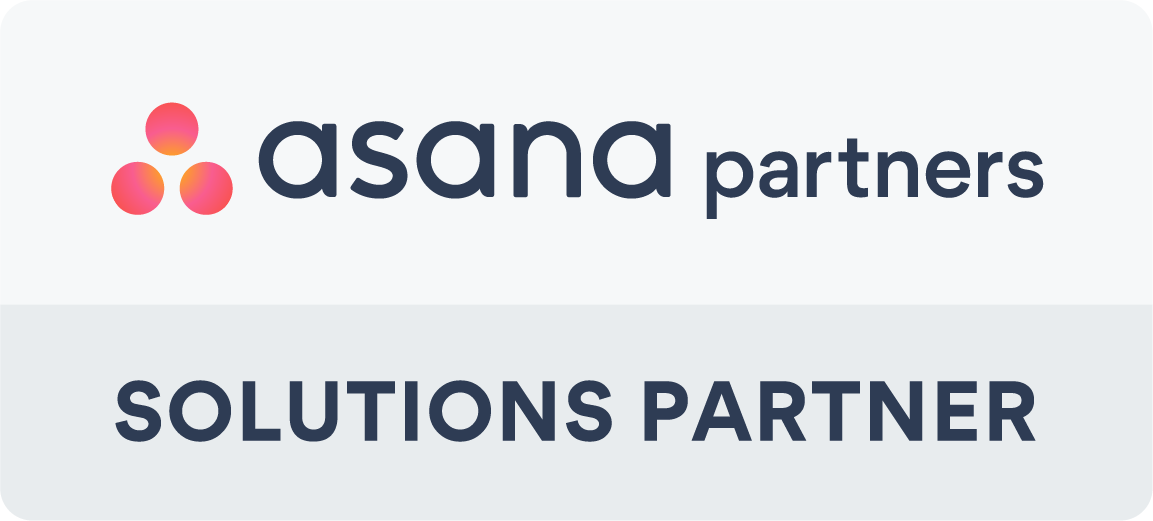In the ever-expanding landscape of artificial intelligence (AI) engines, OpenAI and Google BERT stand out as pioneers, offering powerful capabilities that have revolutionised various industries. In this comprehensive comparison, we'll delve into the AI functions of these two platforms, along with other popular AI engines, and provide useful tips and tricks on leveraging their capabilities effectively.
Understanding OpenAI:
OpenAI was founded to advance artificial intelligence safely and beneficially and has developed a suite of cutting-edge AI models that have garnered widespread attention. Among its notable creations is GPT (Generative Pre-trained Transformer), a series of language models renowned for generating human-like text.
AI Functions of OpenAI:
- Natural Language Understanding (NLU): OpenAI's GPT models excel at understanding and generating natural language text, making them invaluable for tasks such as content generation, language translation, and sentiment analysis.
- Text Generation: GPT models can generate coherent and contextually relevant text based on a given prompt, making them useful for writing articles, composing emails, and generating code.
- Question Answering: OpenAI's GPT-3 model has demonstrated impressive performance in question-answering tasks, providing accurate and informative responses to various queries.
Tips and Tricks for Using OpenAI:
- Fine-Tuning: Experiment with fine-tuning GPT models on specific datasets or domains to enhance their performance for specialized tasks.
- Prompt Engineering: Craft precise and detailed prompts to elicit the desired responses from GPT models, ensuring optimal output quality.
- Controlled Generation: Explore techniques such as conditioning and temperature adjustment to control the creativity and coherence of generated text.
Exploring Google BERT:
Google's BERT (Bidirectional Encoder Representations from Transformers) is another groundbreaking AI model that has revolutionized natural language processing tasks. Trained on vast amounts of text data, BERT excels at understanding the context and nuances of human language.
AI Functions of Google BERT:
- Contextual Word Embeddings: BERT generates high-quality word embeddings that capture the contextual meaning of words within sentences, enabling more accurate language understanding.
- Sentence Classification: BERT can classify the intent or sentiment of a given sentence with remarkable accuracy, making it useful for tasks like sentiment analysis, spam detection, and text categorization.
- Named Entity Recognition (NER): BERT's fine-grained understanding of language enables it to accurately identify and classify named entities such as people, organizations, and locations in text.
Tips and Tricks for Using Google BERT:
- Use pre-trained Models: Leverage pre-trained BERT models for a wide range of NLP tasks, saving time and computational resources compared to training from scratch.
- Fine-Tuning: Fine-tune BERT models on domain-specific datasets to adapt them to specific tasks or industries, enhancing their performance for specialized applications.
- Contextual Embeddings: Utilize BERT's contextual word embeddings to capture the semantic relationships between words in a sentence, improving the accuracy of downstream NLP tasks.
Other Popular AI Engines:
While OpenAI and Google BERT dominate the AI landscape, several other AI engines offer unique capabilities and functionalities:
- Microsoft Azure Cognitive Services: Microsoft's suite of cognitive services provides a range of AI capabilities, including vision, speech, and language understanding, making it ideal for building AI-powered applications and services.
- Facebook Meta AI: Facebook's AI research division is behind groundbreaking projects such as PyTorch, a popular deep learning framework, and Prophet, a time series forecasting tool, offering powerful resources for AI developers and researchers.
- Amazon AI Services: Amazon's AI services, including Amazon Lex for building chatbots and Amazon Polly for text-to-speech conversion, provide scalable and cost-effective solutions for incorporating AI into applications and workflows.
Tips and Tricks for Leveraging Other AI Engines:
- Integration: Explore integrations with other AI engines to leverage complementary capabilities and enhance the functionality of your applications.
- Experimentation: Don't hesitate to experiment with different AI engines to find the best fit for your specific use case or application requirements.
- Community Support: Take advantage of online forums, documentation, and community resources provided by AI engine developers to troubleshoot issues, share insights, and stay updated on the latest developments.
Conclusion:
In conclusion, OpenAI, Google BERT, and other popular AI engines offer a wealth of capabilities and functionalities that empower businesses and developers to tackle various tasks and challenges. By understanding the unique strengths and features of each platform and employing effective strategies and techniques, you can harness AI's full potential to drive innovation, efficiency, and success in your projects and endeavours.
Want to get started with AI within your organisation? We're pleased to work with Kore.AI to help businesses of all shapes and sizes start using AI. Complete the form below and one of our team members will contact you to book a bespoke demo and set you up with a trial.



